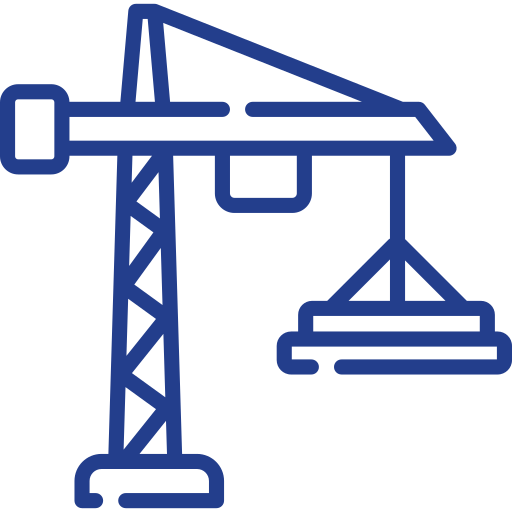Key performance indicators or KPIs are everywhere, from our kids’ reports cards to our car dashboards to our health records, everything that we hold valuable is measured and are monitored. And if we value our business, whether big or small, then having KPIs is critical to its success. KPI is defined by investopedia.com as “a set of quantifiable measures that a company uses to gauge its performance over time. These metrics are used to determine a company’s progress in achieving its strategic and operational goals…”
Without KPIs, your organization will not know if it is effective in its day-to-day tasks or long-term strategies. And without knowing if what you are doing is working, your firm could be keeping itself from growing or even worse, drive yourself out of business.
Below, I listed a few KPIs that I’ve used in the past in supply chain and operations:
- On-Time Delivery (OTD) – measures suppliers’ delivery to my required delivery dates
- On-Time and In-Full (OTIF) – measures the company’s shipping performance of orders shipped in full; in some industries where back-orders are not allowed, this may be called On-Time Shipment (OTS)
- Inventory Accuracy – measures accuracy level in various inventory locations
- Forecast accuracy – measures forecast performance against actual
- Slow Moving and Obsolete Inventory (SLOB) – measures inventory that has not moved or are no longer saleable (obsolete) against overall inventory

It’s recommended to keep your KPIs simple at first. As your operations become more sophisticated and associates and management familiarize themselves to the metrics, you should add more metrics the best measure your organization’s performance.































